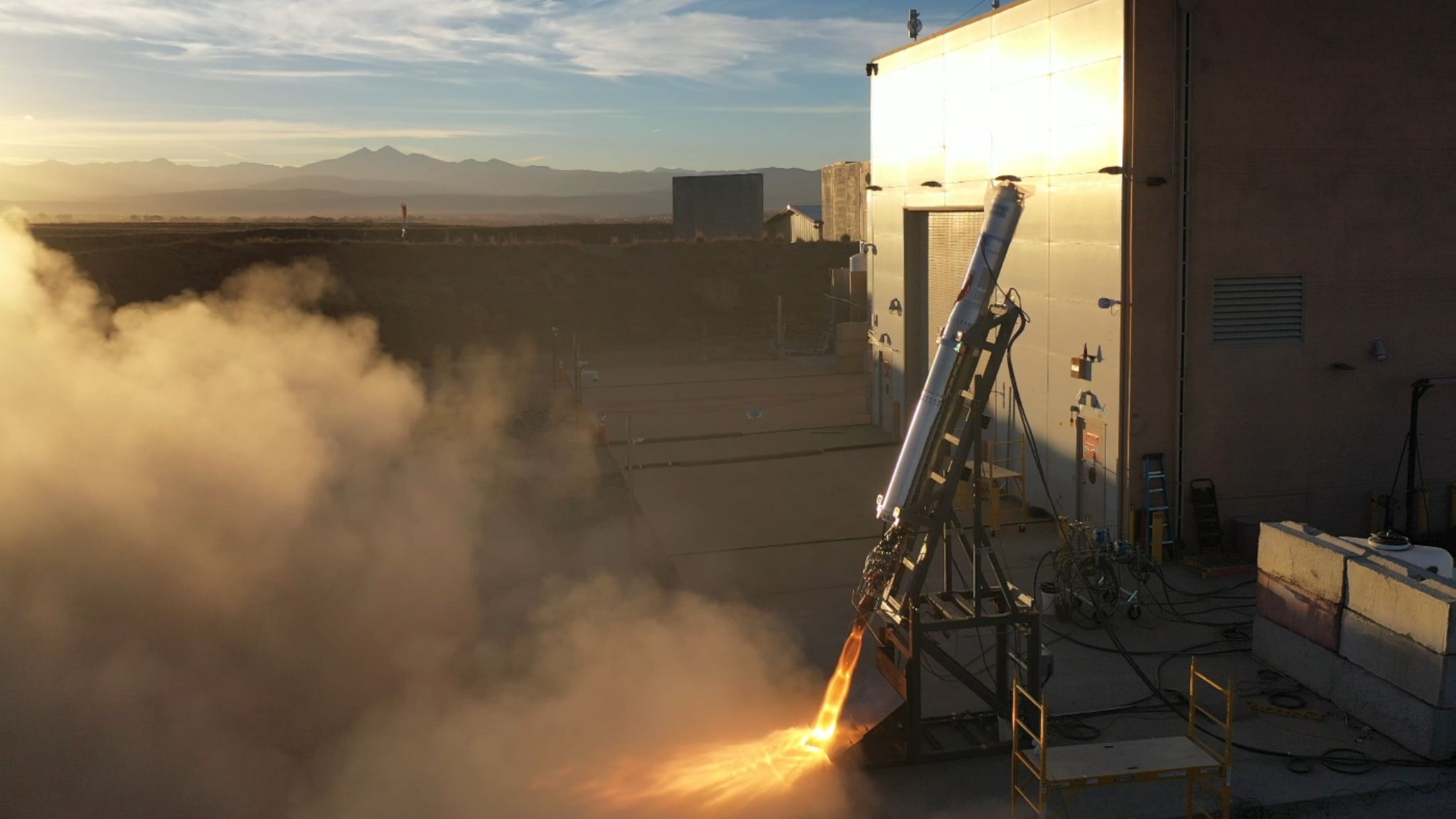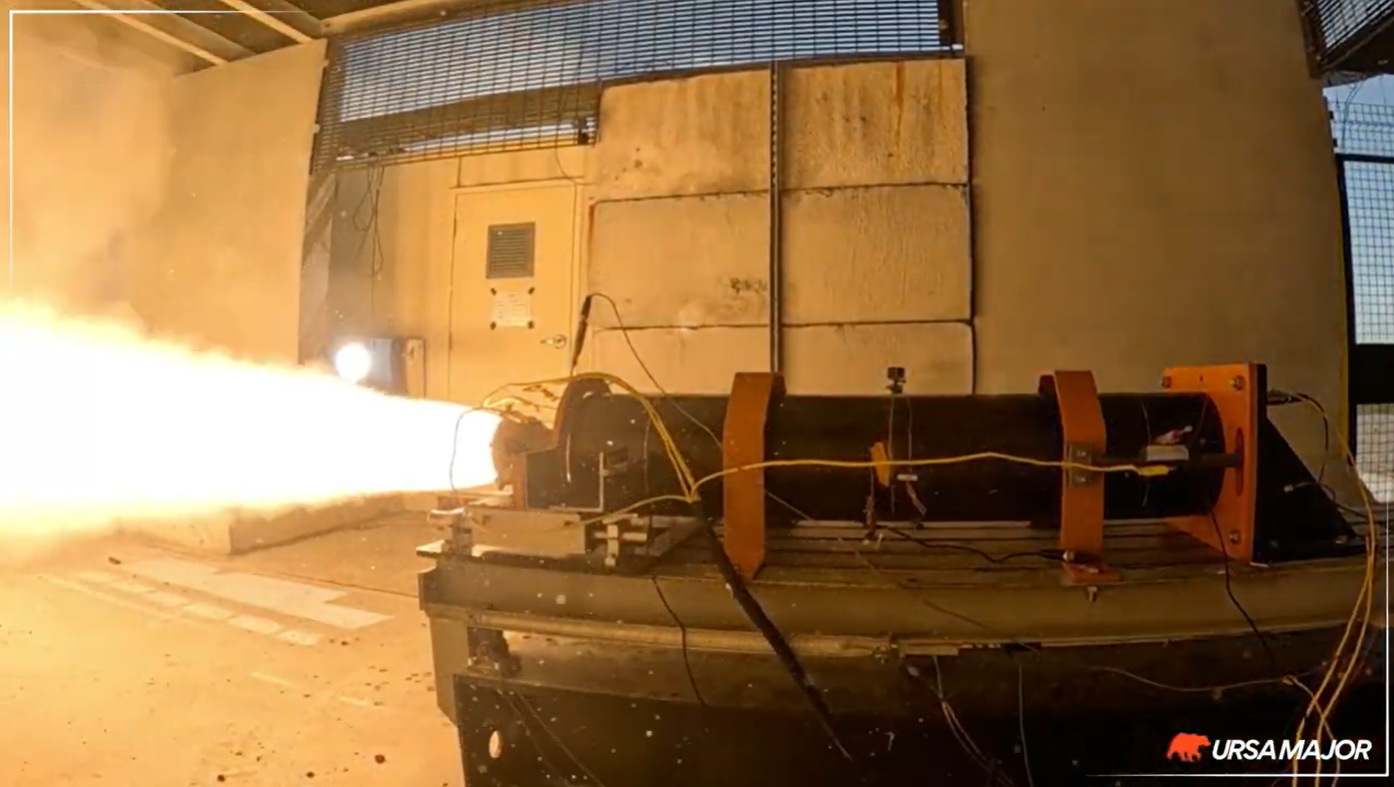
America’s Need for Domestically Made Rocket Engines Just Got Existential—and Public

Russia’s Decision to Withhold Their Engines is Only Part of the Problem, but Solutions are There for the Taking
On March 3, Dmitry Rogozin, director general of the space organization known as Roscosmos, announced that Russia would no longer supply rocket engines to America, and wouldn’t service the 24 of 98 engines that haven’t been used. This, of course, is in response to American support of Ukraine against the Russian attack. Rogozin’s rather quotable suggestion was that Americans could get to space “on broomsticks,” making headlines in most major media outlets.
It’s surprising to many people outside the aerospace industry that the U.S. has been purchasing RD-180 rocket engines and other propulsion technology from Russia for decades, putting billions of dollars in their coffers. The reason why is even more surprising: U.S. engineers haven’t been able to make anything better.
It’s not for lack of trying. In 2015, the late Senator John McCain introduced legislation limiting the use of Russian-made engines for U.S. military and intelligence missions. McCain stated on his website at the time “This legislation is vital to ensuring the United States does not depend on Vladimir Putin’s regime for assured access to space.”
That was seven years ago, and although the RD-180 was developed in the 1970s, these engines are still more reliable and higher performing than anything we’ve produced for heavy launch vehicles to this day.
In addition to Russia withholding their engines, the Ukrainian engineers and manufacturing facilities that supply a significant portion of the world’s propulsion are now out of commission because of the war.
And it’s not just about space launch. The U.S. is also years behind Russia and China on hypersonics technology, spurring Secretary of Defense Austin to call a meeting with major defense contractors, or “primes,” just a few weeks ago to address the issue, as I wrote about in RealClear Defense.
It’s tempting to ruminate on the question: How could the world’s wealthiest, most advanced country fail to create an alternative to technology developed in the Khrushchev-era, leaving itself without sufficient access to space and without crucial hypersonics capabilities?
A question worth answering, but today I am focused not on the past, but on what we do next.
Fortunately, there’s a new generation of U.S.-based, privately funded space companies that have been hard at work creating faster, better, and less expensive ways to get to space and advance hypersonic technology. In short, we’re on it.
“New space” companies have already revolutionized the previously stagnant commercial launch industry, with launch solutions that are ready to go to space now, not years or decades from now. The primes have an important role to play, but their size and existing requirements bring the challenges of bureaucracy and sluggishness of any large organization. The key is to couple the energy, innovation, and flexibility of “new space” with the industrial capacity of the primes.
My company, Ursa Major, began production of our own oxygen-rich staged combustion engine for small to medium-launch vehicles. The “Hadley” engine is qualified for both space launch and hypersonics applications.
What’s more, we’re all standing ready to collaborate with the defense primes to not only free our country from its dependence on foreign-made propulsion, but also reclaim our global leadership in space technology overall. Perhaps mass media coverage and the cringe-inducing broomstick zinger will create enough public awareness and pressure to force a change in America’s approach. Better late than never.

Joseph Laurienti – Founder & CEO
Joe Laurienti is an expert in hypersonics and propulsion technology manufacturing and development. He is the founder and CEO of Ursa Major, the country’s only pure-play rocket propulsion company.




